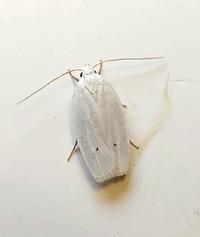
| Recorded by: Mark Basinger on 2025-09-28
Brunswick Co.
Comment: | 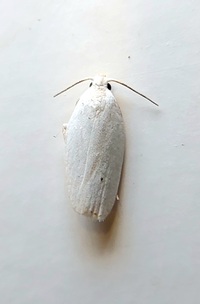
| Recorded by: Mark Basinger on 2025-09-06
Brunswick Co.
Comment: |
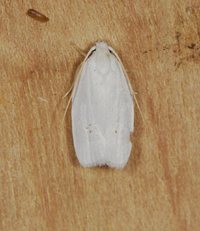
| Recorded by: Jim Petranka, Mark Basinger and Becky Elkin on 2025-08-03
Moore Co.
Comment: | 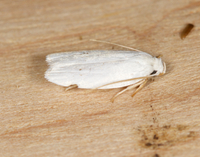
| Recorded by: Jim Petranka, Mark Basinger and Becky Elkin on 2025-08-03
Moore Co.
Comment: |
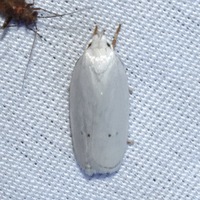
| Recorded by: Jeff Niznik, David George, Rob Van Epps, Kevin Metcalf on 2025-07-20
Richmond Co.
Comment: | 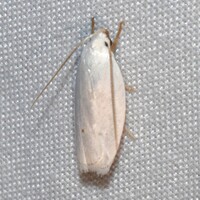
| Recorded by: Jeff Niznik, David George, Rob Van Epps, Kevin Metcalf on 2025-07-20
Richmond Co.
Comment: |

| Recorded by: David George on 2025-06-29
Richmond Co.
Comment: | 
| Recorded by: R. Newman on 2025-06-25
Carteret Co.
Comment: |

| Recorded by: Jeff Niznik, David George, Larry Chen, Sarah Toner, Joye Zhou on 2025-06-20
Richmond Co.
Comment: | 
| Recorded by: Mark Basinger on 2025-05-31
Brunswick Co.
Comment: |

| Recorded by: Mark Basinger on 2025-05-31
Brunswick Co.
Comment: | 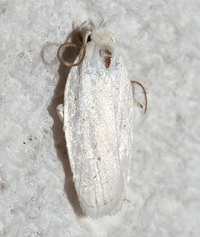
| Recorded by: David George, Jeff Niznik on 2025-05-24
Richmond Co.
Comment: |
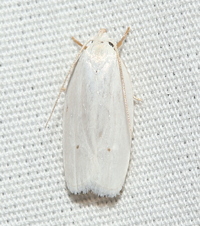
| Recorded by: David George, Jeff Niznik on 2025-05-24
Richmond Co.
Comment: | 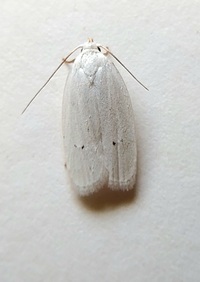
| Recorded by: Mark Basinger on 2024-08-17
Brunswick Co.
Comment: |
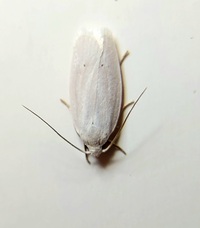
| Recorded by: Mark Basinger on 2024-07-15
Brunswick Co.
Comment: | 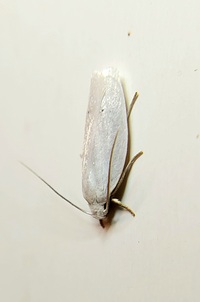
| Recorded by: Mark Basinger on 2024-07-15
Brunswick Co.
Comment: |

| Recorded by: R. Newman on 2024-07-07
Carteret Co.
Comment: | 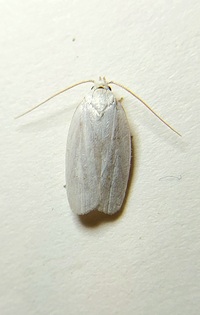
| Recorded by: Mark Basinger on 2024-05-27
Brunswick Co.
Comment: |
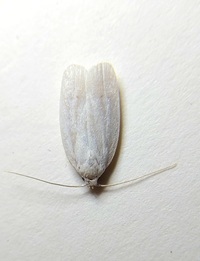
| Recorded by: Mark Basinger on 2024-05-27
Brunswick Co.
Comment: | 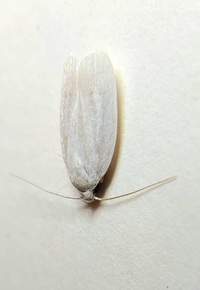
| Recorded by: Mark Basinger on 2024-05-27
Brunswick Co.
Comment: |

| Recorded by: R. Newman on 2023-09-06
Carteret Co.
Comment: | 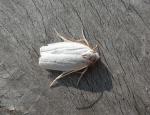
| Recorded by: R. Newman on 2023-07-25
Carteret Co.
Comment: |
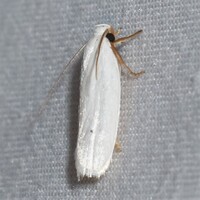
| Recorded by: Jeff Niznik on 2023-06-17
New Hanover Co.
Comment: | 
| Recorded by: R. Newman on 2022-08-17
Carteret Co.
Comment: |

| Recorded by: R. Newman on 2022-06-25
Carteret Co.
Comment: | 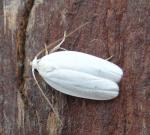
| Recorded by: R. Newman on 2021-09-02
Carteret Co.
Comment: |
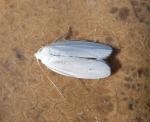
| Recorded by: R. Newman on 2021-06-26
Carteret Co.
Comment: | 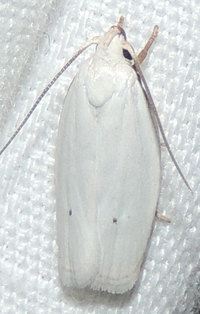
| Recorded by: Britta Muiznieks on 2014-05-23
Dare Co.
Comment: |
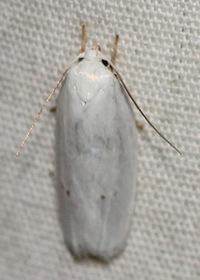
| Recorded by: Harry Wilson on 2011-09-28
Wake Co.
Comment: | 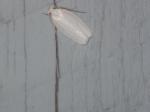
| Recorded by: B. Bockhahn on 2011-07-31
Wake Co.
Comment: |
|

 »
»

 »
»